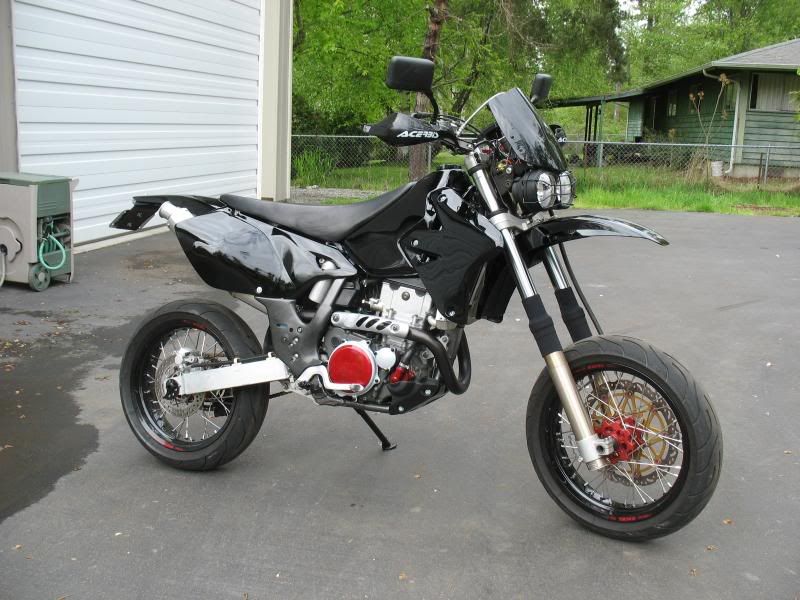icebergstu
Husqvarna
AA Class
I plan to paint my plastics and need your advice. I can paint metal surfaces extremely well and my prep is exceptional but plastics are another kettle of fish.
* Enamel or Acrylic? (is one better than the other when it comes to contaminating the plastics?)
- What paint will handle the flexing of the plastics?
- Baked enamel would have no flex and would crack easily but maybe I am wrong?
- Which paint will stick better?
- Enamel would handle scratches better but will baking it effect the composition of the plastics? I dont want to get any disfiguration or melt.
* Prep: Sanding - obviously there needs to be a scored surface for the paint to stick to.
- What grade wet and dry gives the best results?
- Should I start with 240 then work my way up to 800?
- Would I need to go beyond that to 12 or 1500 grit?
- Scratches: As plastic is so flexible, if I try to use a fine coat of bog over the deeper scratches, it will surely crack. Is there a flexible bog for plastic available?
* Painting: My theory is a coat of spray putty then rub back and repeat step twice, undercoat then rub back repeat step 3 times, 2 coats of paint then rub back adding 4 - 6 coats.
- I would think very thin layers of paint fairly dry would be the best?
Can anyone can help me with some professional advice?
Stu
* Enamel or Acrylic? (is one better than the other when it comes to contaminating the plastics?)
- What paint will handle the flexing of the plastics?
- Baked enamel would have no flex and would crack easily but maybe I am wrong?
- Which paint will stick better?
- Enamel would handle scratches better but will baking it effect the composition of the plastics? I dont want to get any disfiguration or melt.
* Prep: Sanding - obviously there needs to be a scored surface for the paint to stick to.
- What grade wet and dry gives the best results?
- Should I start with 240 then work my way up to 800?
- Would I need to go beyond that to 12 or 1500 grit?
- Scratches: As plastic is so flexible, if I try to use a fine coat of bog over the deeper scratches, it will surely crack. Is there a flexible bog for plastic available?
* Painting: My theory is a coat of spray putty then rub back and repeat step twice, undercoat then rub back repeat step 3 times, 2 coats of paint then rub back adding 4 - 6 coats.
- I would think very thin layers of paint fairly dry would be the best?
Can anyone can help me with some professional advice?
Stu

